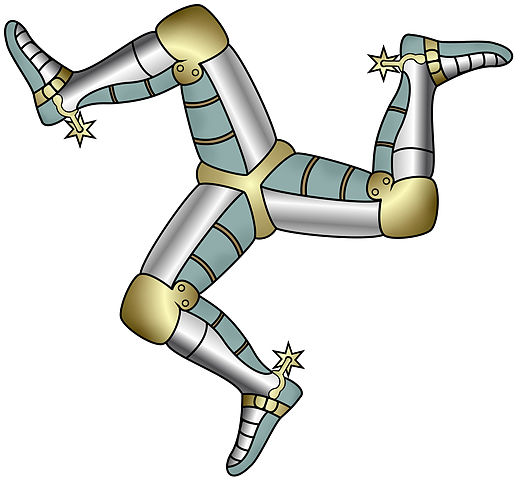Lesson 15
Symmetry
- Let’s describe some symmetries of shapes.
Problem 1
For each figure, identify any lines of symmetry the figure has.



Problem 2
In quadrilateral \(BADC\), \(AB=AD\) and \(BC=DC\). The line \(AC\) is a line of symmetry for this quadrilateral.

- Based on the line of symmetry, explain why the diagonals \(AC\) and \(BD\) are perpendicular.
- Based on the line of symmetry, explain why angles \(ABC\) and \(ADC\) have the same measure.
Problem 3
Three line segments form the letter Z. Rotate the letter Z counterclockwise around the midpoint of segment \(BC\) by 180 degrees. Describe the result.

Problem 4
There is a square, \(ABCS\), inscribed in a circle with center \(D\). What is the smallest angle we can rotate around \(D\) so that the image of \(A\) is \(B\)?
\(45^\circ\)
\(60^\circ\)
\(90^\circ\)
\(180^\circ\)
Problem 5
Points \(A\), \(B\), \(C\), and \(D\) are vertices of a square. Point \(E\) is inside the square. Explain how to tell whether point \(E\) is closer to \(A\), \(B\), \(C\), or \(D\).
Problem 6
Lines \(\ell\) and \(m\) are perpendicular.
Sometimes reflecting a point over \(m\) has the same effect as rotating the point 180 degrees using center \(P\). Select all labeled points which have the same image for both transformations.
\(m \perp \ell\)

A
B
C
D
E
Problem 7
Here is triangle \(POG\). Match the description of the rotation with the image of \(POG\) under that rotation.




